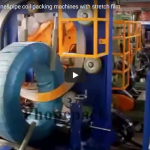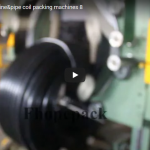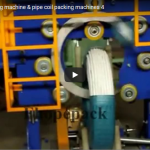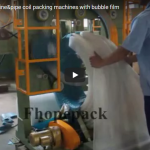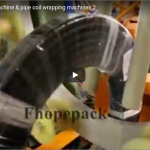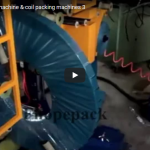Hose Coil wrapping machinery is primarily designed for packaging hose coils and plastic pipes with high efficiency and cost-effectiveness. It offers excellent packaging solutions that help reduce labor and material costs. The hose coil eye vertical wrapping machinery is specifically designed for small and lightweight coils.
FPH Hose coil wrapping machinery is engineered to deliver a fast packing speed of 15-25 seconds per piece, ensuring that you can streamline your production process and meet your deadlines.
Our machines are built with precision and reliability in mind, ensuring that your products are packaged properly and securely for shipping. With FPH Hose coil wrapping machinery, you can reduce your labor costs and improve your overall productivity. Our machines are easy to operate and maintain, ensuring that you can focus on your core business operations while we take care of your packaging needs.
info@fhopepack.com
